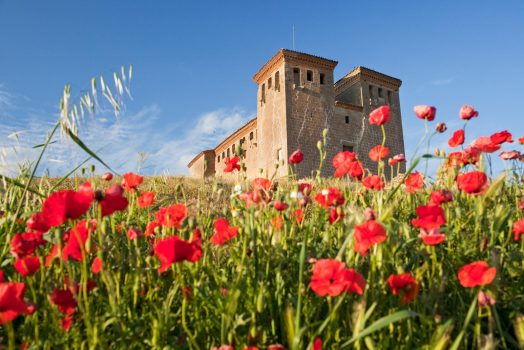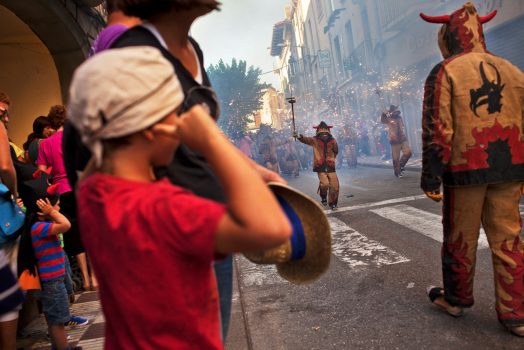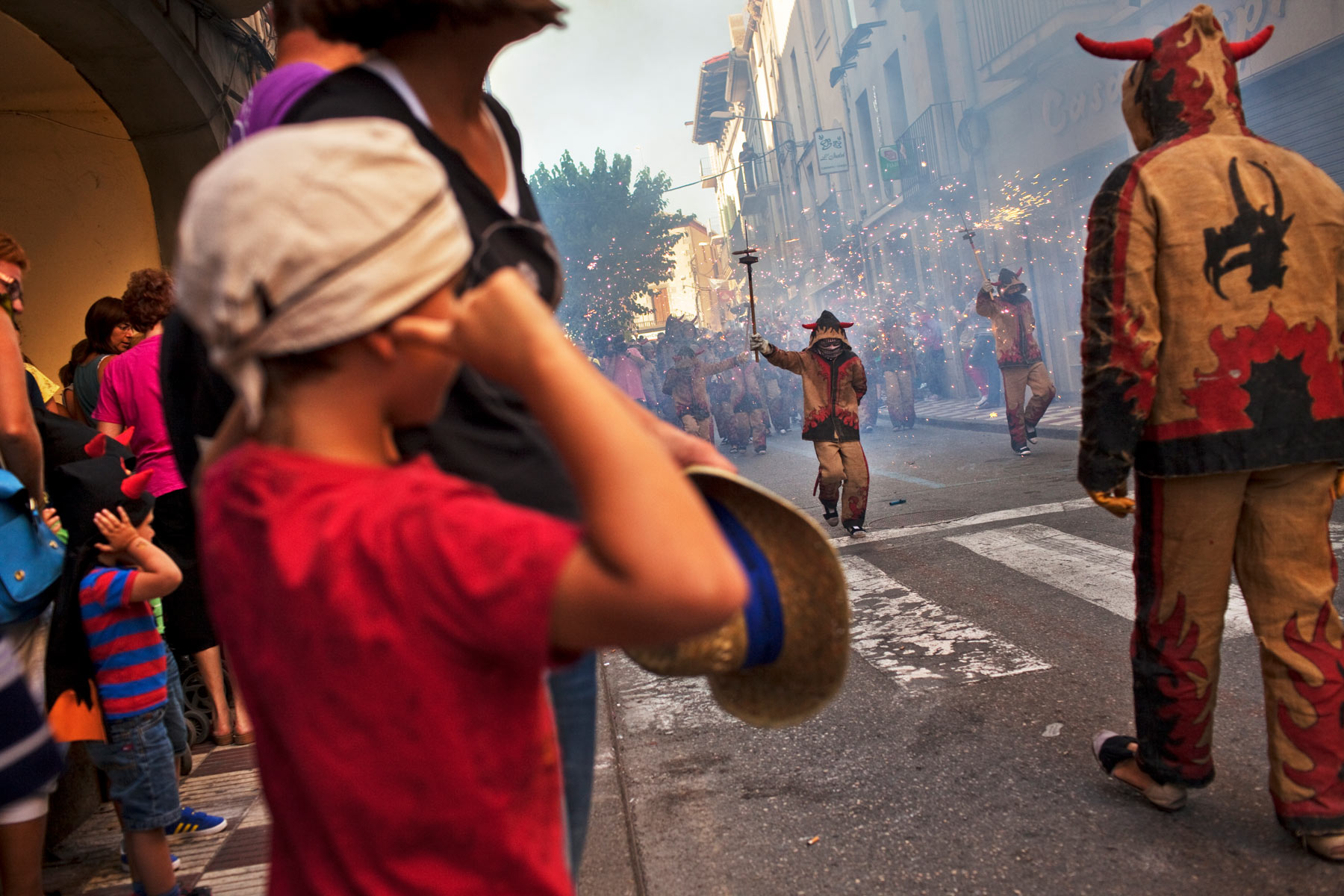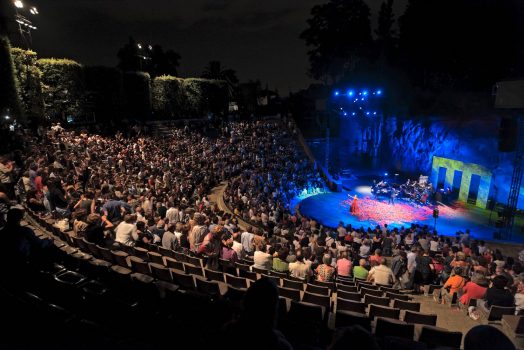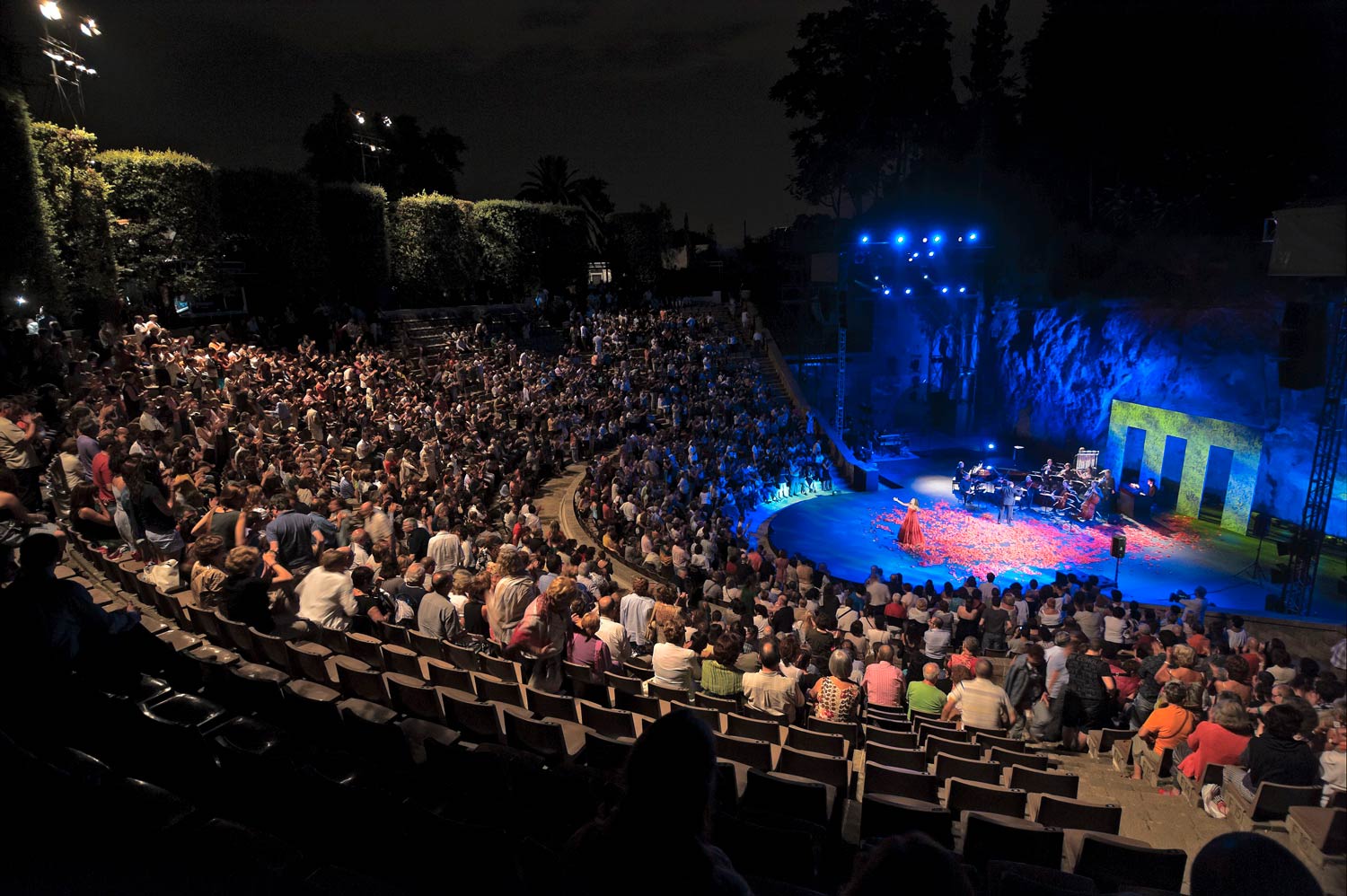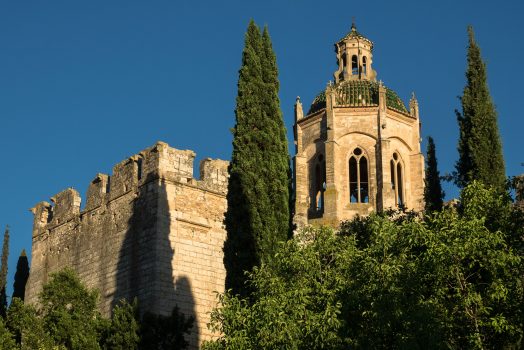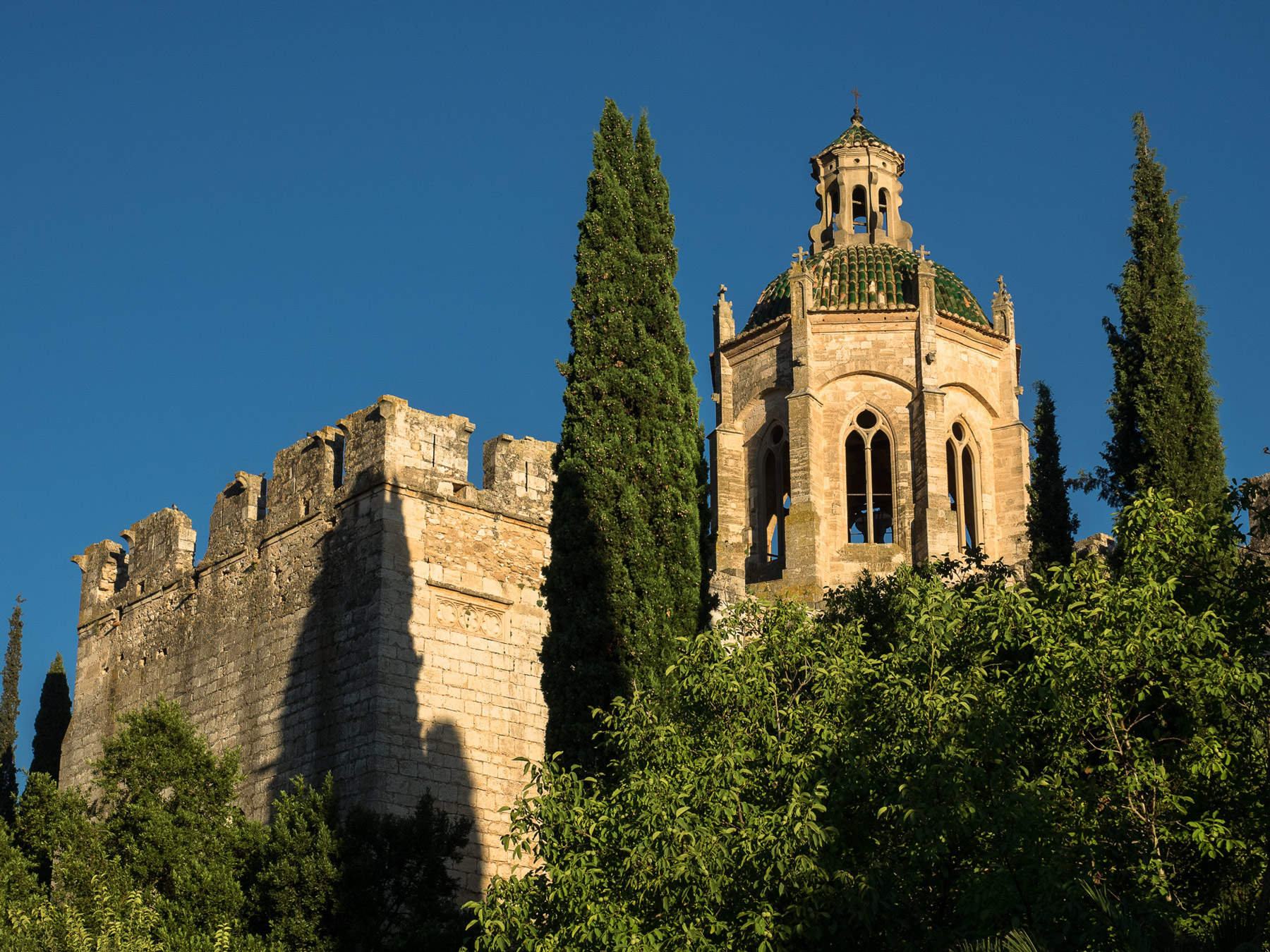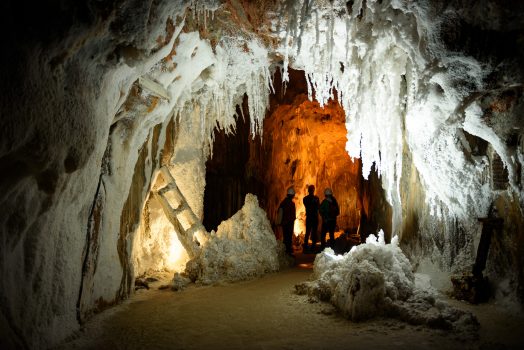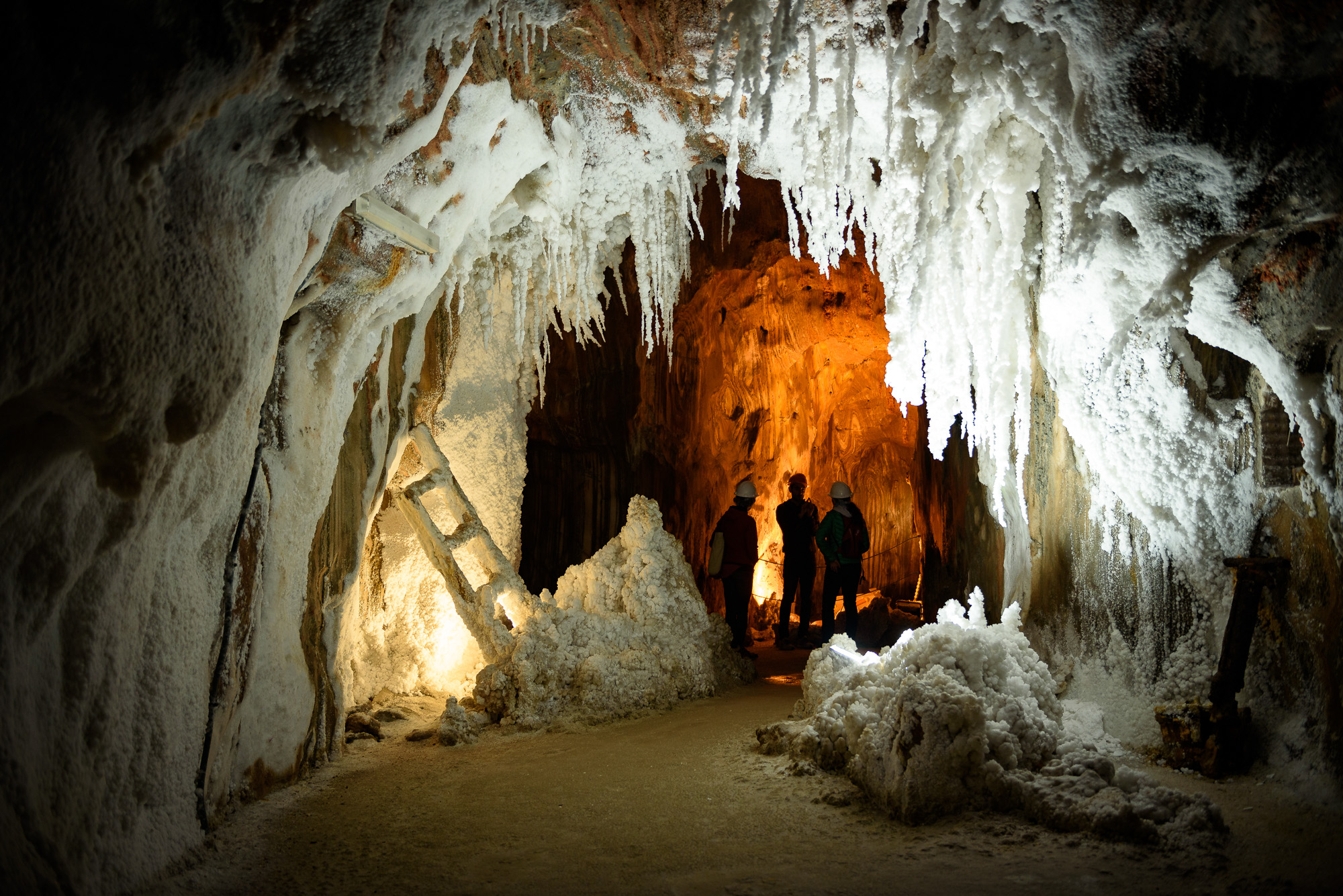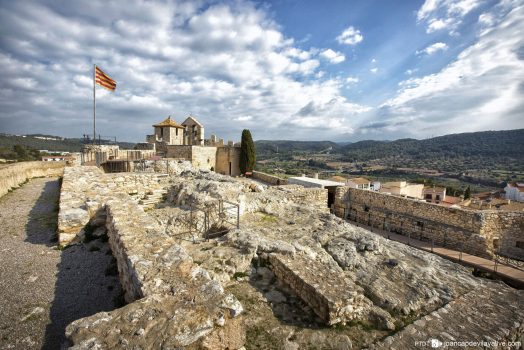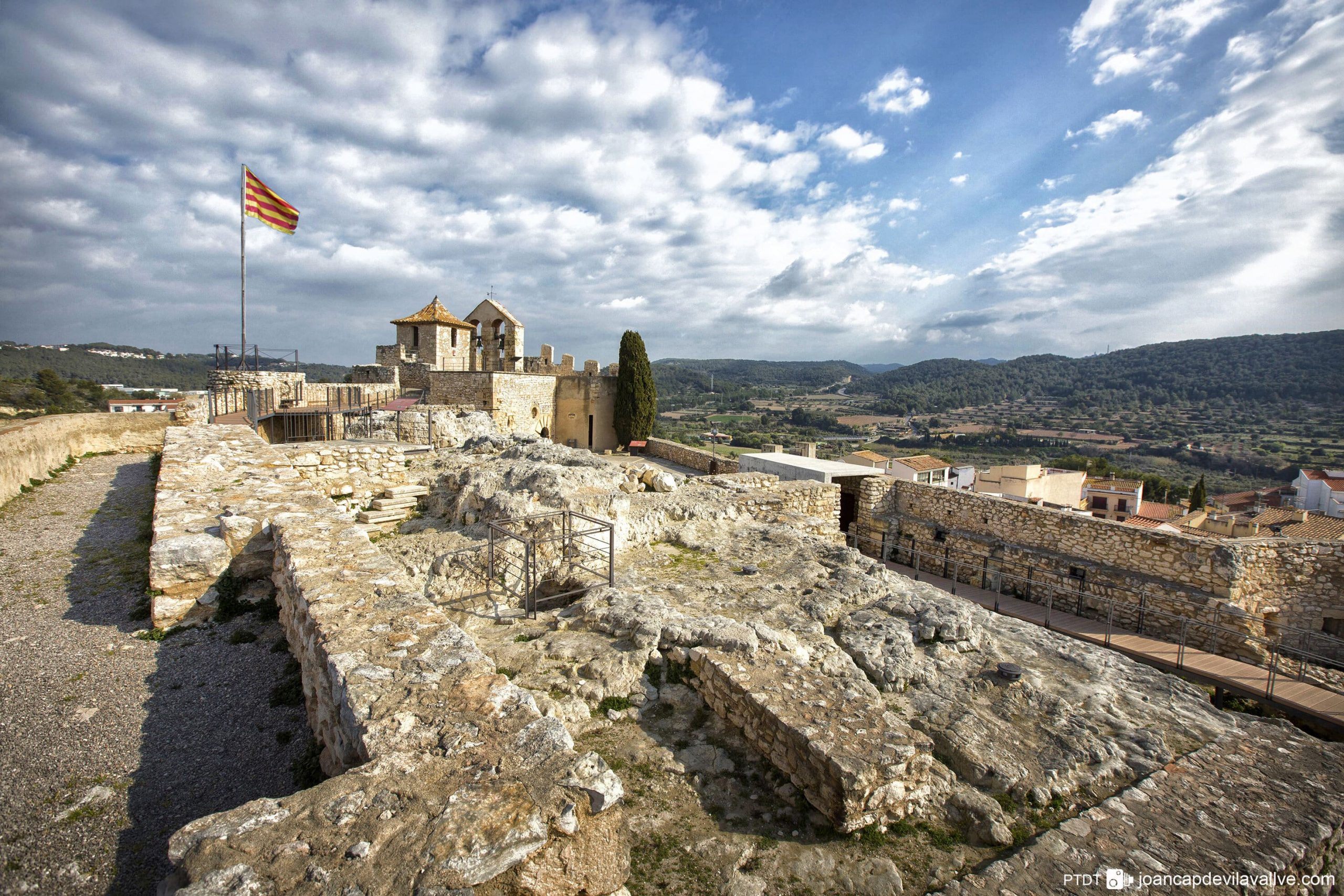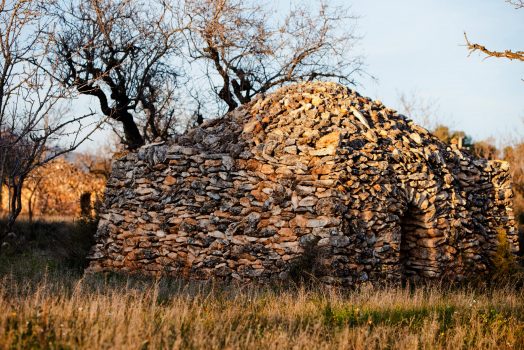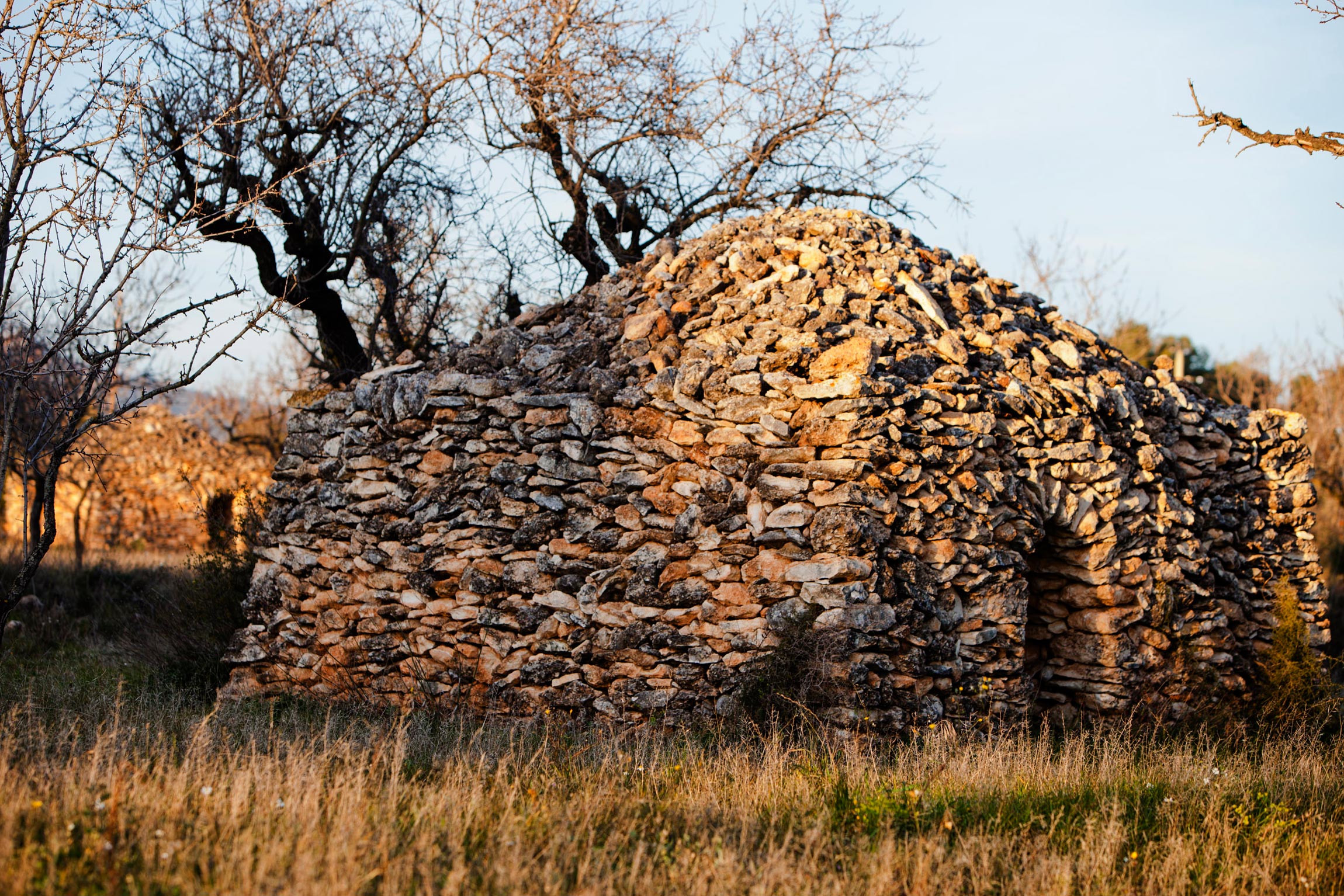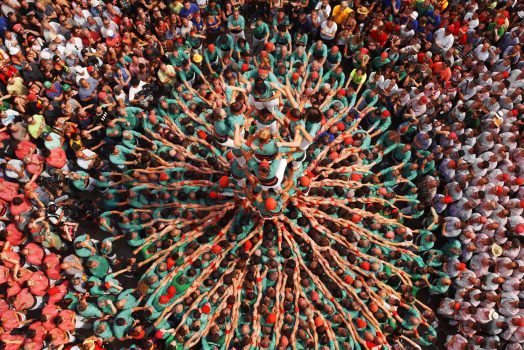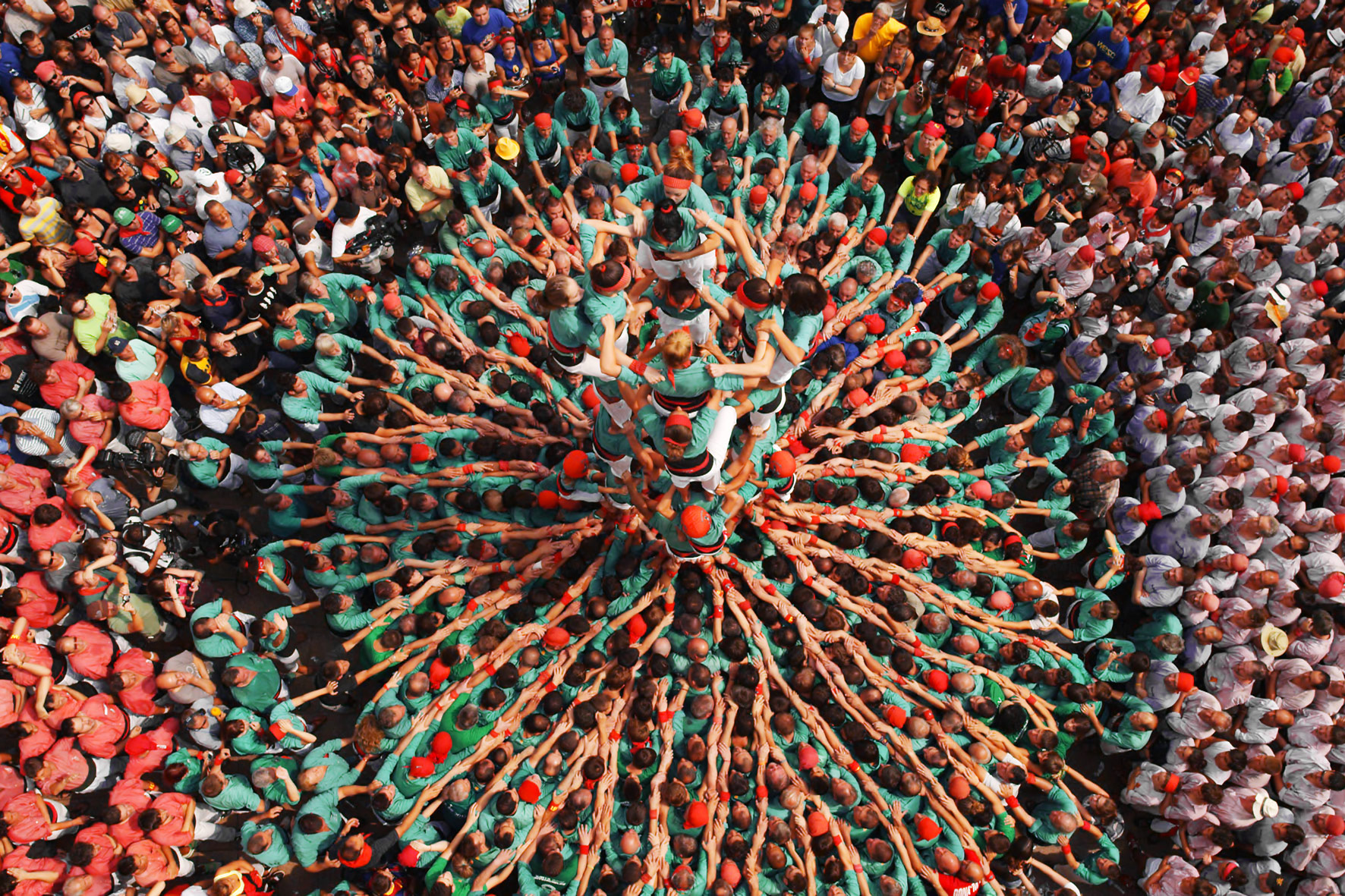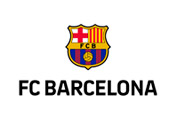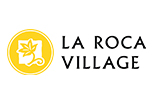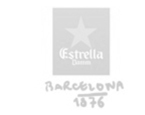Barcelona, the great Mediterranean city, will be the starting point for this journey to Roman Tarragona. Along the way, we will encounter Montserrat, the most iconic mountain in Catalonia, with vineyards like beautiful gardens with views of the sea and precious agricultural heritage, built one stone at a time. There will be time to taste delicious wines and meet some friendly giants. All this to the soundtrack of a musical genius, cellist Pau Casals.
La Segarra, land of castles
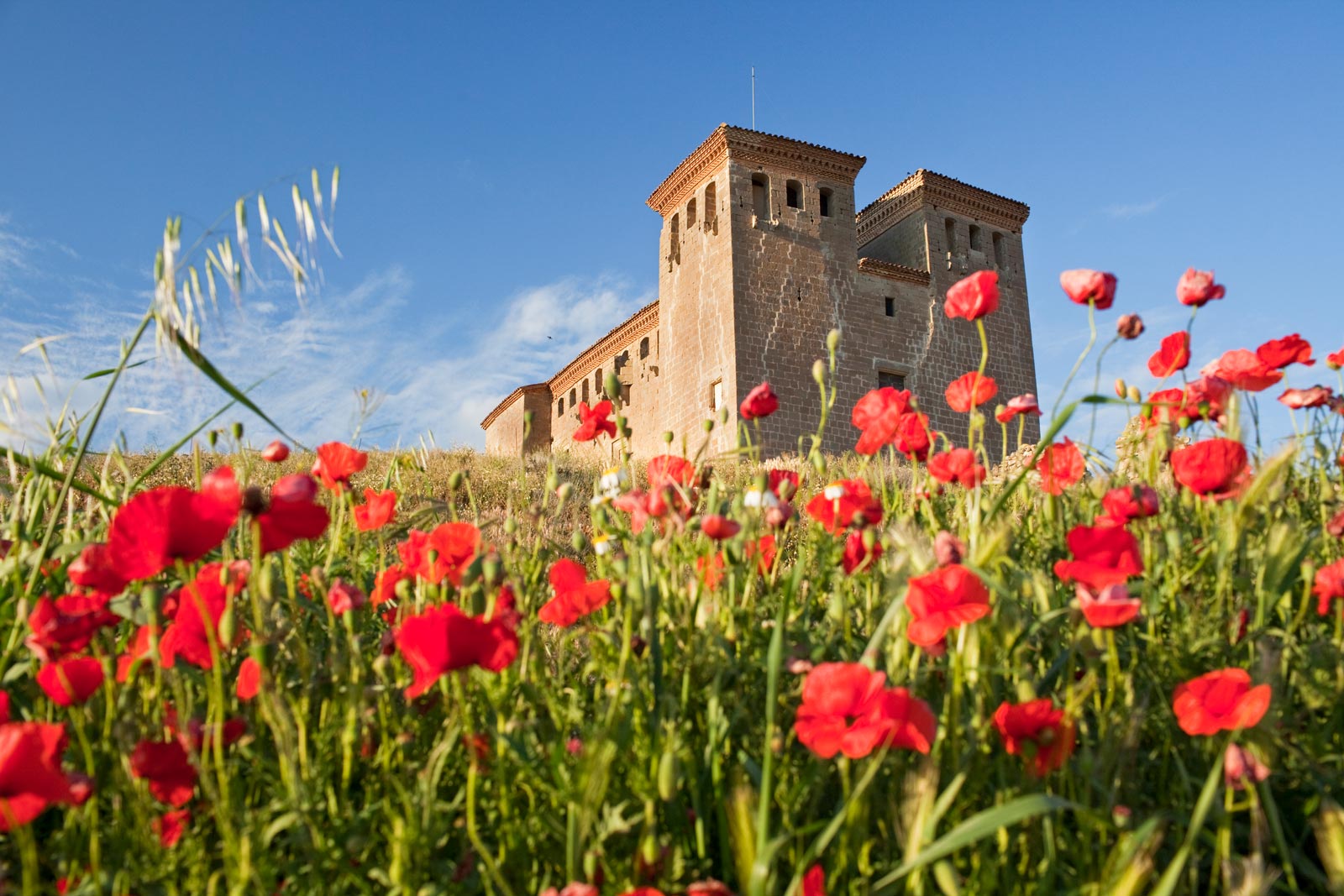
The historical importance of La Segarra is reflected in the archaeological and monumental remains that are conserved in many parts of the comarca (local district). Through them, it is possible to embark on a journey through the history of this territory, from prehistoric times through to the Art Nouveau architecture of the twentieth century, via the Roman period and the Romanesque, Gothic and Baroque architectural styles. Cervera, Guissona and Sant Guim de Freixenet are just some of the municipalities in La Segarra in which you can discover the most significant of these elements.
However, it is the large number of castles, towers, strongholds and fortified villages in La Segarra that have led to this comarca often being referred to as the "Land of Castles". In fact, this is where we find the famous Route of the Castles of the River Sió, which runs along the banks of the river that gives it its name. This is a gentle route, and one full of history, which runs through the dry landscapes of La Segarra. It is suitable for all types of family excursions, whether undertaken by car, on foot, or by mountain bike.
Depending on the time of year, a range of different colours dye the landscapes of this comarca. These range from plains bearing cereal crops to areas of medium-height mountains. It is a territory where many typically Mediterranean crops grow, including olives and almonds. This makes the landscape of La Segarra truly unique. When spring arrives, it is difficult to forget the image offered by the spectacular contrast between the almond blossom and the green fields of cereals, all of which encourages us to enjoy nature and the feeling of tranquillity that it exudes.
La Segarra, land of castles

The historical importance of La Segarra is reflected in the archaeological and monumental remains that are conserved in many parts of the comarca (local district). Through them, it is possible to embark on a journey through the history of this territory, from prehistoric times through to the Art Nouveau architecture of the twentieth century, via the Roman period and the Romanesque, Gothic and Baroque architectural styles. Cervera, Guissona and Sant Guim de Freixenet are just some of the municipalities in La Segarra in which you can discover the most significant of these elements.
However, it is the large number of castles, towers, strongholds and fortified villages in La Segarra that have led to this comarca often being referred to as the "Land of Castles". In fact, this is where we find the famous Route of the Castles of the River Sió, which runs along the banks of the river that gives it its name. This is a gentle route, and one full of history, which runs through the dry landscapes of La Segarra. It is suitable for all types of family excursions, whether undertaken by car, on foot, or by mountain bike.
Depending on the time of year, a range of different colours dye the landscapes of this comarca. These range from plains bearing cereal crops to areas of medium-height mountains. It is a territory where many typically Mediterranean crops grow, including olives and almonds. This makes the landscape of La Segarra truly unique. When spring arrives, it is difficult to forget the image offered by the spectacular contrast between the almond blossom and the green fields of cereals, all of which encourages us to enjoy nature and the feeling of tranquillity that it exudes.
The historical importance of La Segarra is reflected in the archaeological and monumental remains that are conserved in many parts...


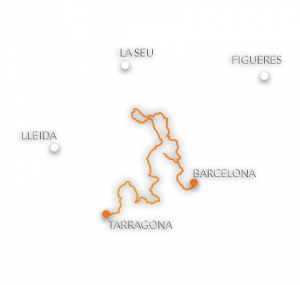
 Download map
Download map